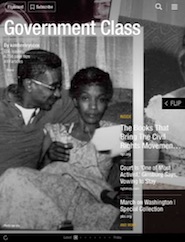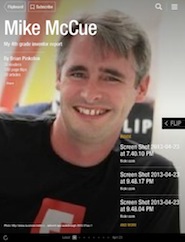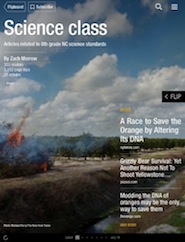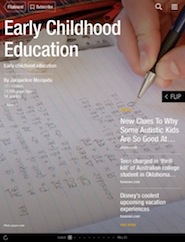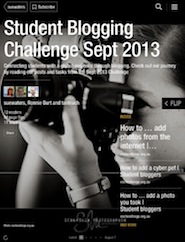Thanks to Franklin Schargel for pointing out this new Carnegie Foundation study.
BEGINNERS IN THE CLASSROOM – WHAT THE CHANGING DEMOGRAPHICS OF TEACHING MEAN FOR SCHOOLS, STUDENTS, AND SOCIETY
BY SUSAN HEADDEN – Carnegie Foundation for the advancement of teaching 2014
This is my attempt to summarize the main points of 28 pages of this important and timely study. Interestingly, much of this tracks very closely with M. Night Shyamalan Foundation’s studies and book: I Got Schooled, which I summarized earlier in my blog.
Talent Drain – turnover and departures are lowering the average classroom experience level
Why They Leave – mainly because of poor/lacking administrative and professional support
New Generation, New Attitudes – impatience with dysfunctional structures, older teachers didn’t have to put up with all the testing and curriculum changes
Myths About Money – again, solid administrative support seems more important than money, pension back-loading is hard to swallow
The Toll of Teacher Turnover – turnover is very expensive, student relationships suffer, support from veteran teachers is rapidly vanishing
How Much Turnover is Too Much – it turns out that number/quality/costs of turnover is very poorly tracked, principles aren’t getting good teachers to stay and aren’t good at getting bad ones to leave, there are no good ideas what effective turnover targets should be
Supporting a Teacher’s First Years – careful hiring is important, new teachers are not prepared for realities of classroom, there is too little summer training, there is too much late hiring, there is lack of comprehensive induction (useful discussion of benefits of comprehensive induction and various approaches)
Houston Boot Camp – a mentoring program in the face of daunting statistics and politics
Roving Mentors in Iowa – mentors working outside of their normal grade levels and subject areas have much to offer to the new teacher, a lot of work gathering data on what was working
Teacher Residencies: Working Into The Job – pre-service apprenticing for up to a full year is producing desirable results in effectiveness and retention
A Matter of Match – problems arise from weak interviewing, little interaction with school personnel, hiring late in the process and after school year starts. turnover destroys continuity and trust for teachers and students
Returns On Investment – high quality induction produces lower turnover and higher retention, poor hiring practices leaks good teachers
Anamosa, Iowa –a detailed example of mentoring support
To read the whole study, click here.



